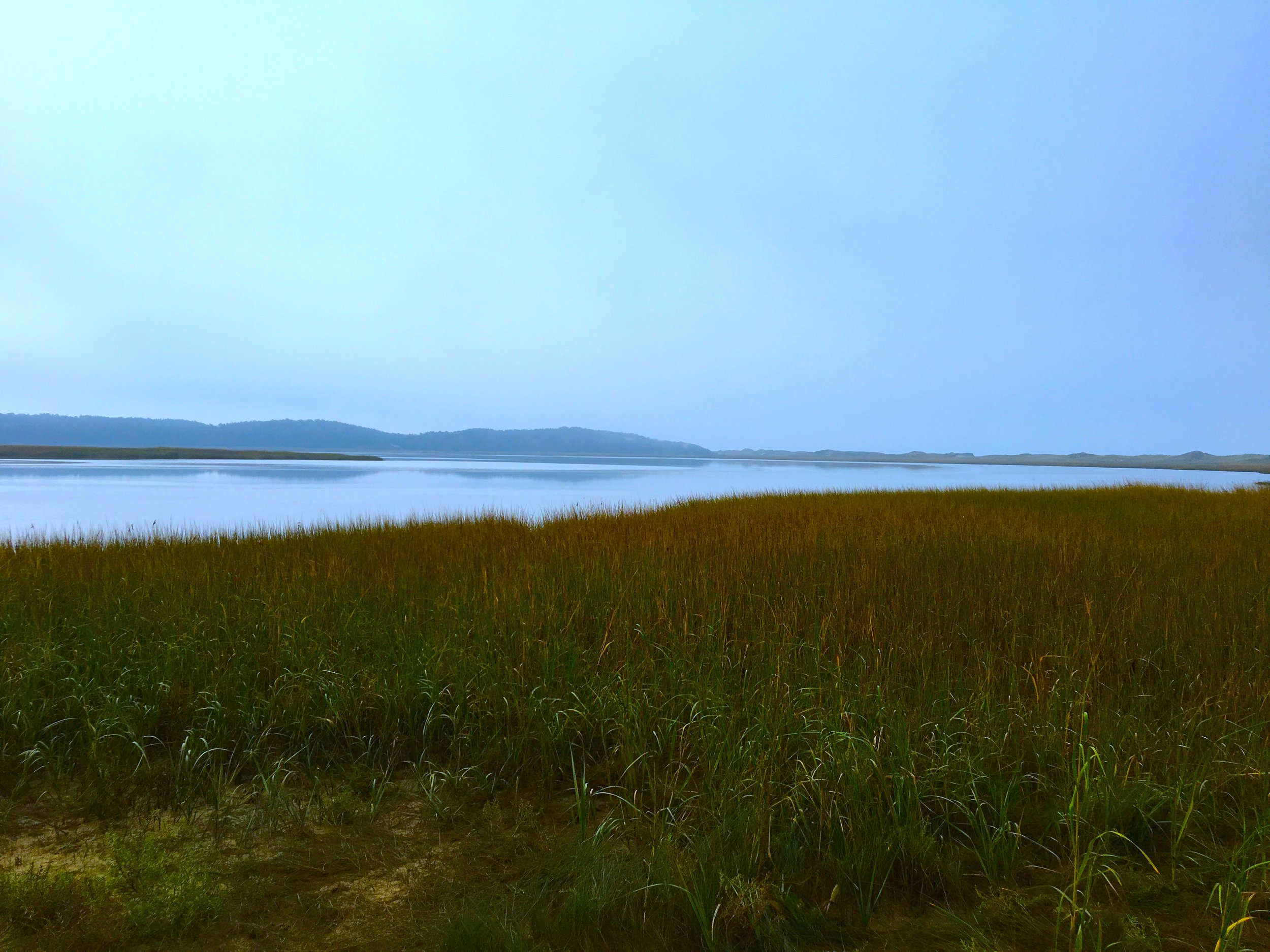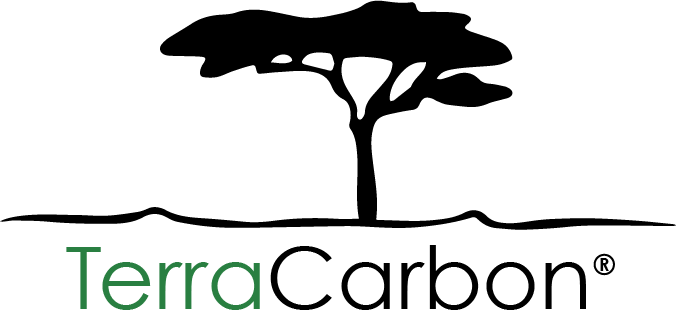
Restoring Tidal Salt Marshes on Cape Cod
Conservation Need
The Herring River estuary, located in Wellfleet and Truro, Massachusetts on Cape Cod, originally included about 1,100 acres of salt marsh, intertidal fIats, and open water habitat. In the early 1900s, in an effort to control mosquitos and create arable land, a dike was constructed across the mouth of the river to restrict tidal flow into the estuary. This restriction altered vegetation and sediment flows and has impaired water quality, negatively affected fish and aquatic life, and generated high levels of GHG emissions as soil salinity levels have decreased and methane production has increased.
Carbon Opportunity
Since 2005, several government and non-profit organizations have been working together to develop a restoration plan for the Herring River. Planned activities include removing the old dike and installing a new bridge and tidal gates to restore natural tidal flows to the project area. The partners have been investigating potential funding sources to implement the activities and to monitor impacts in order to inform future management decisions.
TerraCarbon Solution
Restore America’s Estuaries, the National Park Service, and partners of the Herring River Restoration asked TerraCarbon to evaluate the feasibility of developing a blue carbon project in connection with the restoration.
Conservation Results
TerraCarbon provided the restoration partners with estimates of the potential carbon offsets and revenues that could be generated to fund project costs if the restoration moves forward. TerraCarbon also provided recommendations to inform the technical, legal, and organizational development of the carbon project if it is ultimately pursued.
Services | Feasibility, Methodology, & Design
